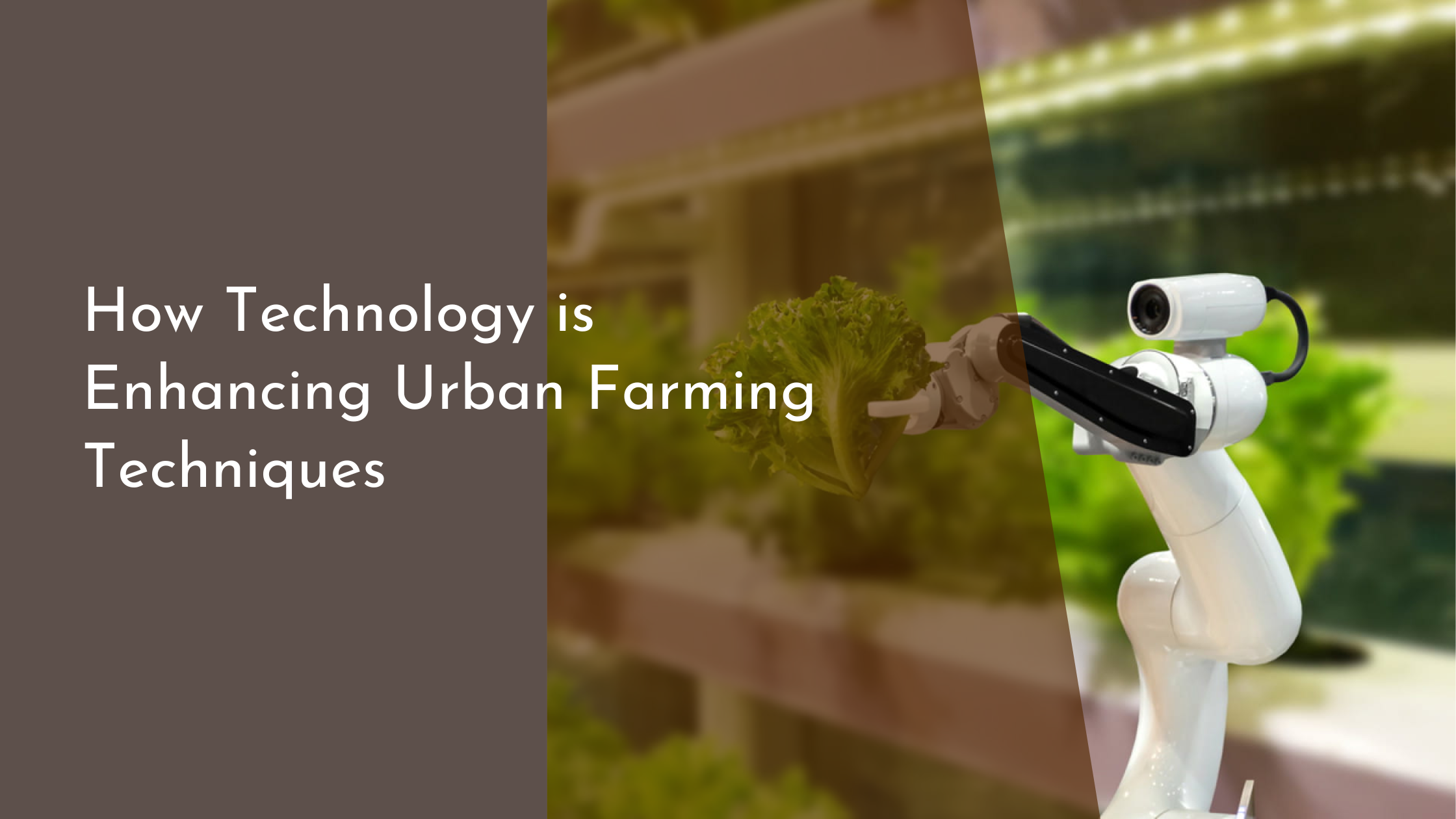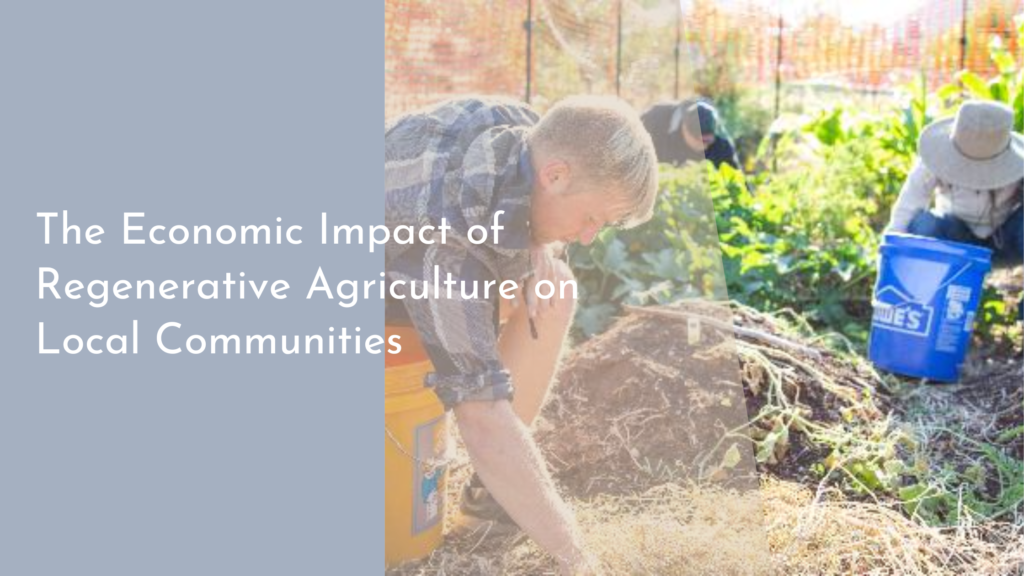How Technology is Enhancing Urban Farming Techniques
Urban farming is rapidly transforming the landscapes of modern cities, offering innovative solutions to food production challenges. As urban spaces continue to expand, the integration of technology into farming practices is not only making urban agriculture more efficient but also creating sustainable food systems that are redefining how we think about agriculture. This article explores how technology is enhancing urban farming techniques to meet the demands of growing urban populations.
The Rise of Urban Farming in Modern Cities
Urban farming is gaining traction in cities worldwide as people become increasingly aware of the need for sustainable food production systems. With limited space and resources in urban environments, traditional farming methods are often impractical. However, the rise of urban farming is a testament to human ingenuity, as city dwellers find innovative ways to grow food in the heart of bustling metropolises. Rooftop gardens, community plots, and even small balcony farms are cropping up in cities, showcasing the potential for urban spaces to contribute to local food supplies.
One of the main drivers behind the rise of urban farming is the growing awareness of food security and the desire for locally sourced, fresh produce. Urban farming not only reduces the carbon footprint associated with transporting food but also fosters community engagement and education. As people become more conscious of where their food comes from, urban farming initiatives are empowering individuals and communities to take control of their food sources and promote healthier lifestyles.
Smart Sensors: Revolutionizing Crop Monitoring
Smart sensors have become a game-changer in urban farming, allowing for precise monitoring of crops and optimizing growing conditions. These sensors collect real-time data on a variety of environmental factors such as temperature, humidity, soil moisture, and light levels. By analyzing this data, farmers can make informed decisions about when to water plants, adjust lighting conditions, or apply fertilizers, ensuring optimal growth and yield.
The integration of smart sensors in urban farming not only reduces resource wastage but also minimizes the need for manual labor, making the process more efficient. These technologies enable urban farmers to manage their crops remotely, using smartphone apps or computer software to monitor and adjust conditions as needed. This level of precision and convenience supports sustainable practices and maximizes productivity, making urban farming a viable solution for cities facing food scarcity and limited agricultural space.
Vertical Farming: Maximizing Space and Yield
Vertical farming is revolutionizing urban agriculture by maximizing space and increasing crop yield through innovative stacking methods. By growing crops in vertically stacked layers, this approach makes efficient use of space, allowing urban farms to flourish in areas where land is scarce. Vertical farming systems often incorporate hydroponic or aeroponic technologies, which use nutrient-rich water solutions instead of soil, further enhancing growth rates and reducing water usage.
The benefits of vertical farming extend beyond space efficiency. By controlling the growing environment, urban farmers can produce crops year-round, regardless of external weather conditions. This consistency in production not only boosts food security but also allows for the cultivation of a diverse range of crops within confined urban spaces. As a result, vertical farming is emerging as a sustainable and scalable solution for feeding urban populations while minimizing environmental impact.
The fusion of technology and urban farming is paving the way for a more sustainable and resilient food future in cities. By harnessing the power of smart sensors and vertical farming, urban agriculture is overcoming the limitations of traditional farming methods and adapting to the unique challenges posed by urban environments. As we look to the future, these innovations offer exciting possibilities for enhancing food security, reducing environmental impact, and fostering community engagement in our urban landscapes. With continued advancements, urban farming holds the promise of transforming cities into thriving hubs of sustainable food production.


